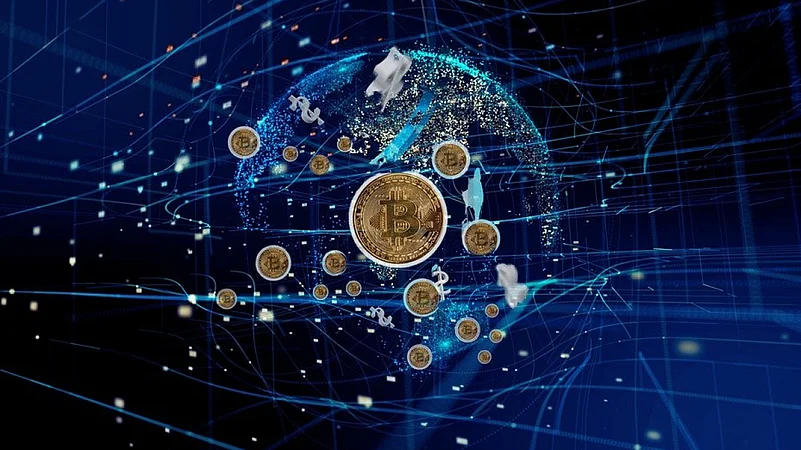Layer-1 blockchain Sui and China's Ant Digital are collaborating to tokenize real-world assets. Their focus will be on assets within the environmental, social, and governance (ESG) sector.
Tokenizing Chinese solar assets
The initial assets to be listed on the exchange, referred to as 'notes' by the partners, belong to a Chinese solar material manufacturer that is among the Fortune China Top 500.
The manufacturer's name was not disclosed in a statement to Cointelegraph. Cobe Zhang, head of Web3 product at Ant Digital Technologies, stated:
'We aim to consistently offer a range of advanced technical services to more RWA projects, particularly in the new energy sector, and our technology can enhance the growth of the real economy.'
Bank of England watchdog asks firms to disclose crypto exposure
The Bank of England's regulatory division has asked businesses to disclose any current or anticipated exposure to cryptocurrencies by next March to monitor stability and assist in policy formation.
In a statement on December 12, the Prudential Regulation Authority (PRA) requested firms to report their ''current and expected future cryptoasset exposures'' and describe their use of the Basel framework for crypto regulation.
''This will inform work across the PRA and the Bank of England on cryptoassets by helping us calibrate our prudential treatment of cryptoasset exposures and analyze the relative costs and benefits of different policy options,'' the PRA stated.
The Basel framework, introduced in December 2022 by the Basel Committee on Banking Supervision (BCBS), sets capital and risk management requirements for banks' exposure to cryptocurrencies.
DePIN and spatial streaming bring AI agents to life with a body and soul
Mawari facilitates the real-time streaming of immersive 3D content through a decentralized network, making spatial computing and extended reality more accessible, scalable, and cost-effective.Imagine artificial intelligence evolving from just a voice or text on a screen to having a body and soul, interacting with us in genuinely lifelike ways. This is no longer science fiction.
Technologies like spatial computing, which enables digital devices to integrate seamlessly with the physical world, and extended reality (XR), which combines real and virtual environments, are making this vision a reality.From AI-powered digital humans to virtual classrooms, the possibilities are vast — and so is the demand.
Experts predict that virtual reality (VR) and spatial computing will revolutionize the internet, with research estimating a global user base of 206 million by 2028.However, high bandwidth requirements, centralized infrastructure bottlenecks, and limited scalability continue to keep this immersive future out of reach for many.
The challenge isn't solely about performance; financial and technical barriers also hinder widespread access to these transformative experiences.In short, the industry needs innovative solutions to bridge the gap between its ambitious promises and the reality of what it can deliver. Fortunately, decentralized physical infrastructure networks (DePIN) offer a promising solution.













